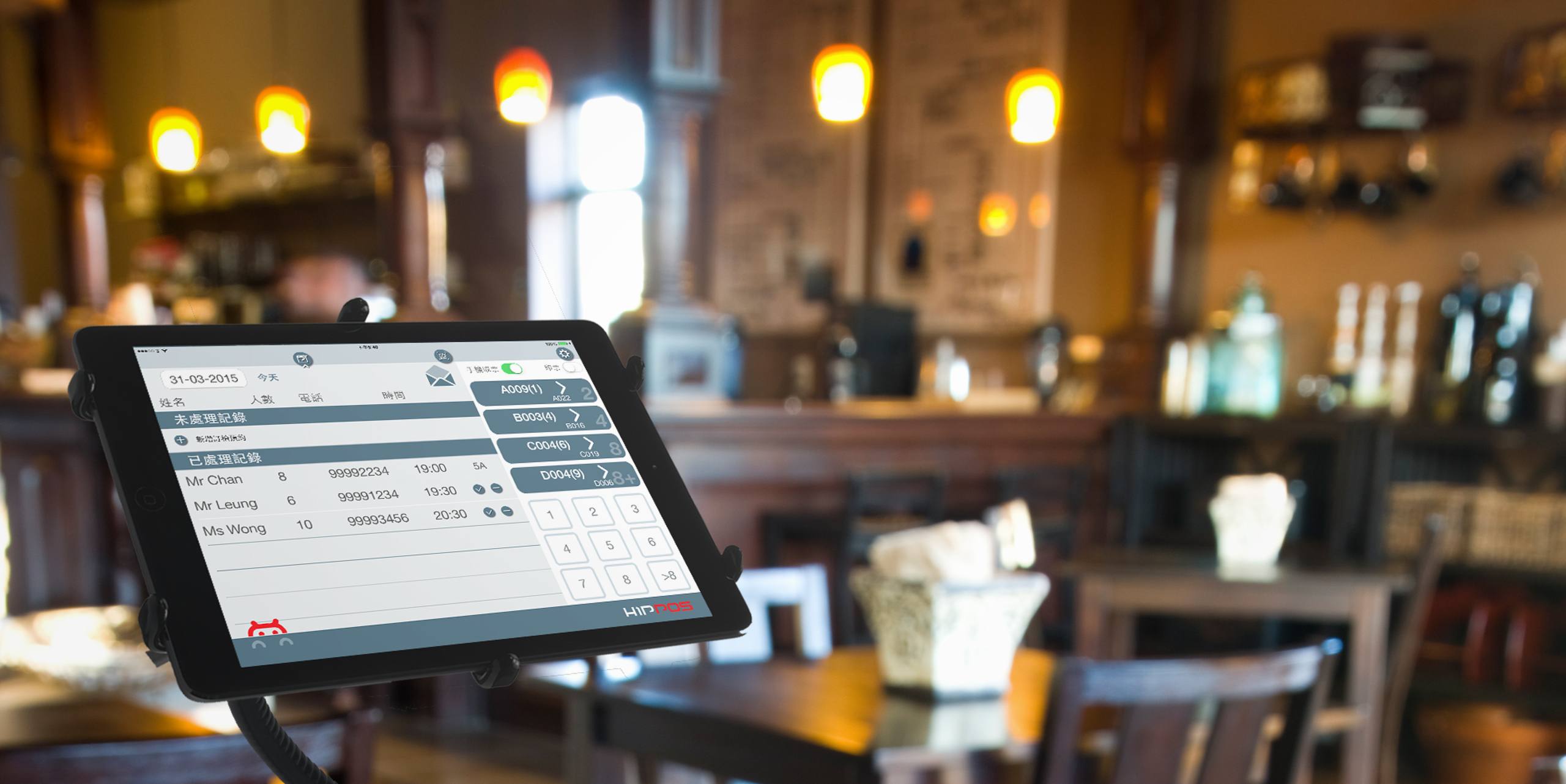How POS Systems Simplify Inventory Control

For any business that sells products — whether it’s a retail store, a café, or a supermarket — managing inventory can be one of the most challenging tasks. Stock shortages frustrate customers, while overstocking ties up money in unsold products. Doing this manually often leads to errors, wasted time, and financial loss. That’s where a Point-of-Sale (POS) system steps in to simplify inventory control.
A modern POS system doesn’t just process sales — it works as a powerful inventory management tool, giving businesses real-time visibility, accuracy, and efficiency in tracking their products.
The Problem with Manual Inventory Management
Before POS technology became common, inventory control relied heavily on spreadsheets, handwritten logs, or periodic stock counts. While these methods can work for very small businesses, they are slow, prone to human error, and can’t keep up with the demands of modern commerce.
The consequences of poor inventory control include:
- Running out of popular items during peak demand
- Ordering excess stock that ends up wasted or discounted
- Inaccurate records that make business decisions guesswork
- Time-consuming manual stocktakes that distract staff from customers
A POS system solves these issues by automating the process and keeping everything up to date.
How POS Systems Simplify Inventory Control
- Real-Time Stock Tracking
Every time you make a sale, your POS system automatically updates the inventory count. This ensures you always know exactly how much of each item you have in stock — no more guessing or checking shelves repeatedly. - Automatic Low-Stock Alerts
Most POS systems can send you notifications when a product is running low. This gives you enough time to reorder and avoid stockouts, keeping customers happy and sales flowing. - Purchase Order Management
Many POS platforms allow you to create and send purchase orders directly to suppliers. This eliminates paperwork, speeds up the restocking process, and ensures accuracy in ordering the right quantities. - Inventory Categorization
POS systems let you organize your inventory by categories, such as product type, supplier, or season. This makes it easier to track what’s selling well and what’s not. - Historical Sales Data
With built-in reporting features, a POS system can show you which products sell best during certain times of the year. You can use this insight to plan your orders and promotions more effectively. - Multi-Location Management
If you operate in more than one location, POS systems can track stock across all stores from a single dashboard. You’ll know exactly where products are and can transfer stock as needed. - Integrated Barcode Scanning
Barcode scanning speeds up stock counts and product lookups. Instead of manually entering item details, staff can scan items instantly, reducing the chance of mistakes.
The Benefits of POS-Driven Inventory Control
By automating and streamlining inventory management, POS systems deliver significant advantages:
- Time Savings: Staff spend less time counting and updating records, freeing them to focus on customers.
- Reduced Errors: Automated tracking means fewer mistakes compared to manual entry.
- Better Cash Flow: Knowing exactly what to order helps avoid tying up money in unsold stock.
- Customer Satisfaction: Keeping shelves stocked with popular products ensures happy, repeat customers.
Real-World Example
Imagine a small boutique that sells clothing and accessories. Without a POS system, the owner might only check inventory at the end of each month, which can lead to empty racks of best-selling items. With a POS, every sale instantly updates stock counts, low-stock alerts are sent automatically, and reports show which items need restocking before they run out. This not only boosts sales but also improves the store’s reputation for always having in-demand products.
Final Thoughts
Inventory control is the backbone of any successful product-based business. A POS system simplifies the entire process — from tracking stock in real-time to generating data-driven insights for better purchasing decisions. The result is a smoother operation, fewer stock problems, and happier customers.
If you’re still relying on manual stock management, upgrading to a POS system could be the most effective move you make to improve efficiency, save money, and grow your business.






